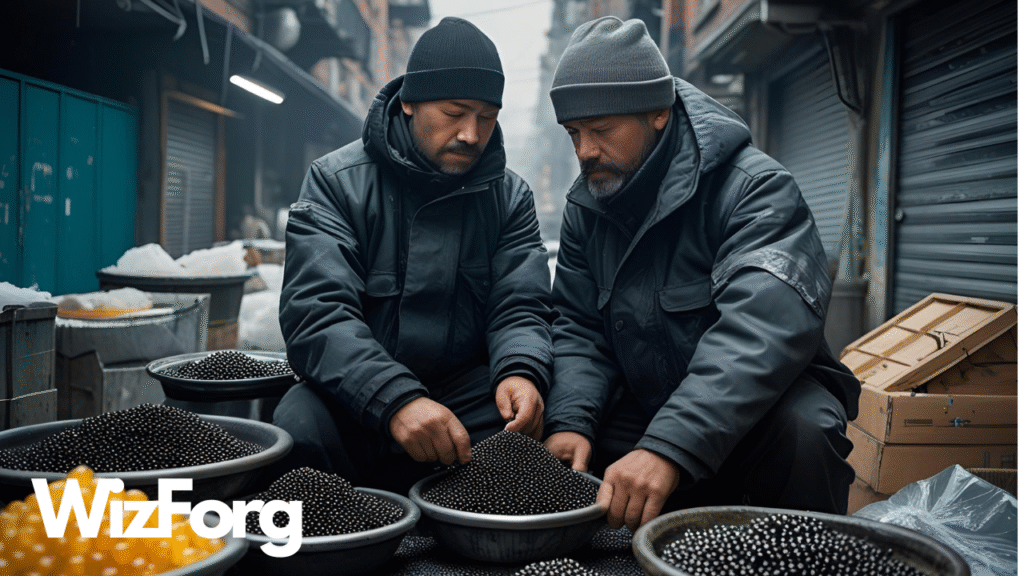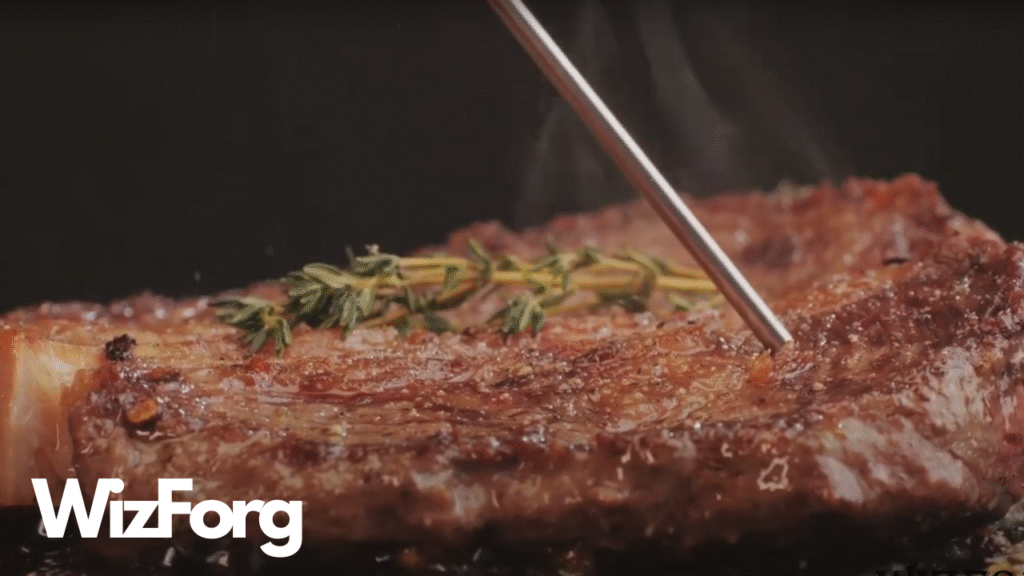Why Real Caviar Is So Expensive (and Sometimes Illegal)
Caviar, often seen on silver spoons and luxury canapés, is one of the most exclusive delicacies in the world. But few realize why those tiny black pearls can cost hundreds—or even thousands—per—ounce or why, in some places, buying them is illegal. Here’s the full story behind the luxury, the price tag, and the controversy.
What Is Real Caviar?
Caviar refers to salt-cured fish eggs (roe) from sturgeon, a prehistoric fish found in the wild waters of the Caspian and Black Seas. The most prized types come from three sturgeon species: Beluga, Osetra, and Sevruga. These eggs are harvested, gently cleaned, salted, and packaged with no additional processing. The result is a soft, briny, buttery texture that melts on your tongue.
But not all fish eggs are caviar. Only roe from sturgeon can legally carry that name in most countries. Salmon roe, for instance, is sometimes marketed as “red caviar,” but it’s not the same thing.
Why It’s So Expensive
Sturgeons take a long time to mature—often over a decade—before they produce eggs suitable for harvesting. Combine that with their slow reproduction cycle and large size, and the cost of raising them is already high.
Now add in:
- Carefully controlled aquaculture or wild-catch regulations
- A limited supply of certain species
- Labor-intensive processing by skilled hands
- Delicate packaging and strict temperature control
The result? Prices can range from $50 to over $5,000 per tin, depending on species and grade.
The Legal Side of Caviar
In the early 2000s, overfishing led to the decline of several sturgeon species, particularly in the Caspian Sea. This prompted international restrictions and a near-total ban on wild Beluga sturgeon caviar in the U.S. under the Convention on International Trade in Endangered Species (CITES).
Today, most legal caviar comes from regulated farms—many in the U.S., France, China, and Italy—that raise sturgeon in controlled conditions to meet global demand.
Still, illegal poaching and black-market trade continue in some parts of the world. The high price of caviar makes it a lucrative target for smuggling, and enforcement remains a significant challenge.
Not All Caviar Is Equal
Even within legal markets, there are vast differences in quality and labeling. Look for:
- Species name (Beluga, Osetra, etc.)
- Country of origin
- Sustainable or farm-raised labels
- Date of harvest and proper refrigeration
Cheaper imitations often mix caviar with preservatives or come from non-sturgeon fish. They might taste fine—but they’re not the real deal.
So… Is It Worth It?
To connoisseurs, absolutely. Caviar is more than food—it’s a symbol of status, history, and taste. But to the average traveler or foodie, it’s worth knowing what you’re paying for. Understanding the reasons behind the high cost and the legalities involved empowers you to make informed choices and appreciate why that spoonful of salty richness comes with so much baggage.
Like learning the hidden truths behind luxury foods and global delicacies?
Visit wizforg.com for more deep dives into food culture, travel rules, and the stories behind the world’s most prized flavors.



